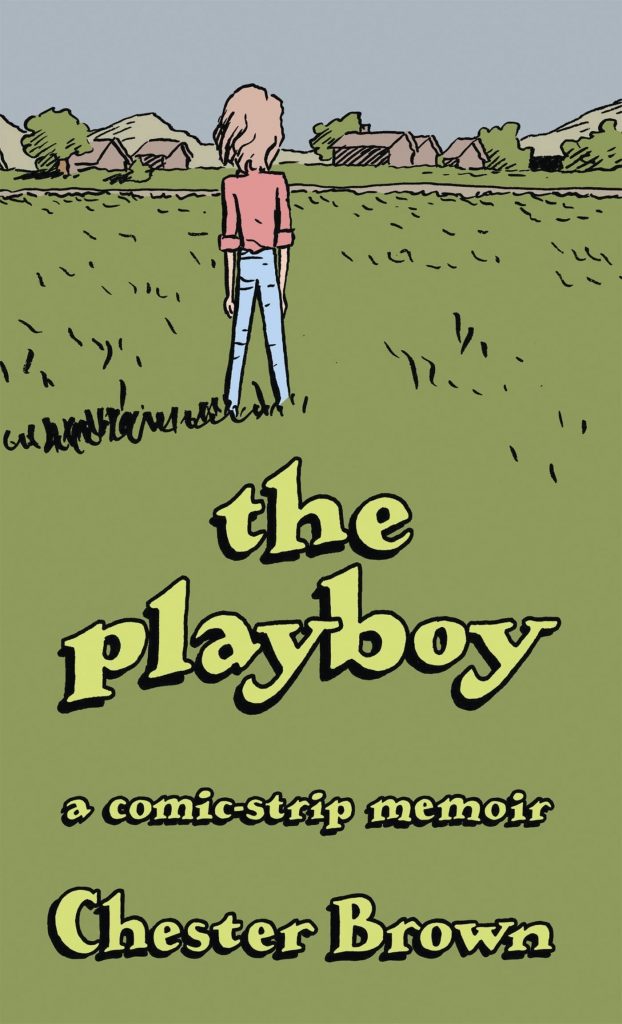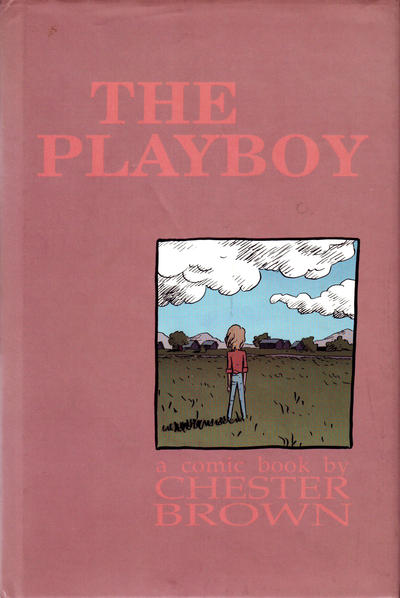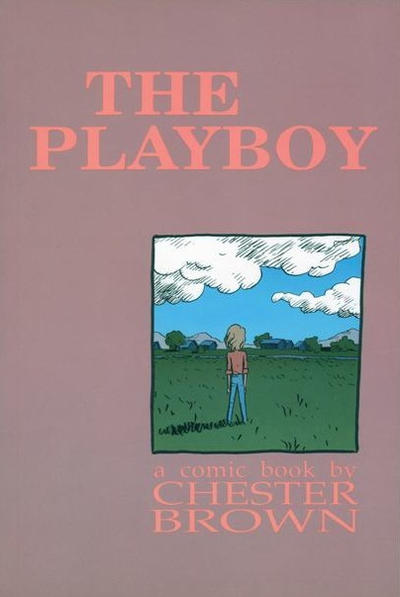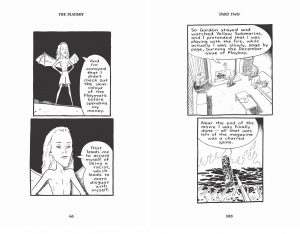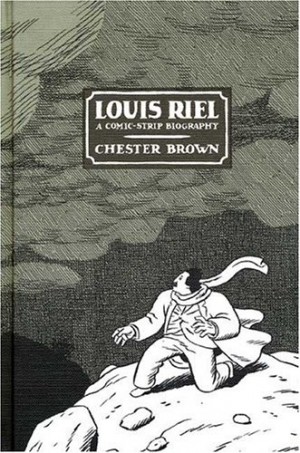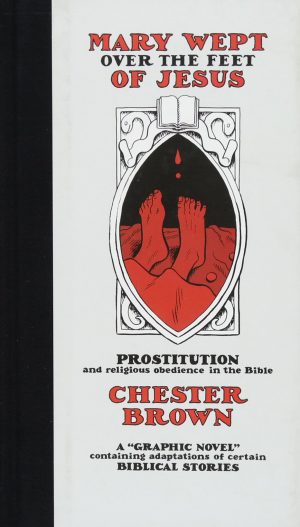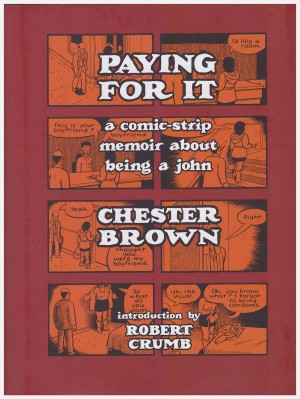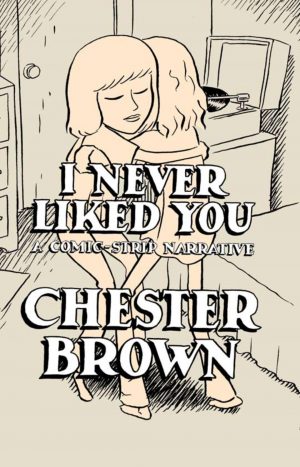Review by Frank Plowright
The Playboy is Chester Brown looking back via a Tinkerbell-style avatar at his fifteen year old self discovering Playboy magazine and everything that follows that discovery. We’d all be better off for having a more honest attitude toward sex, but more than anything else it’s a memoir prompting the consideration of why anyone would want to reveal so much about themselves.
Other than choosing to go public in such detail, Brown’s experiences surely follow many others of his generation. On a comic buying trip when fifteen Brown glances at a copy of Playboy, and the following day with his family in church it’s the only thing on his mind. There follows the pattern of purchase, use, guilt, concealment and repeat. You’re going to learn more than you want to about Brown’s masturbation techniques.
Before starting to serialise The Playboy, which he originally titled ‘Disgust’, Brown’s output had been whimsical stories fired by a unique mind. However, hanging out with Joe Matt, whose work was primarily autobiographical with moments of sometimes repugnant self-revelation, led Brown to follow that path. He adds the massive contradiction of desire and remorse accompanying the first sexual yearnings after a religious upbringing. Entire mountains of guilt accompany every new Playboy purchase, considerations about who might be in the vicinity, and assorted problems resulting from the compulsive secrecy. These include (but aren’t limited to) the problems of removing a selection of desired pages in freezing weather and ever more elaborate disposal plans, presented straight-faced rather than as the comedy of panic that could have been the chosen route.
Brown sticks resolutely to his subject, able to gloss over vast new areas of concern in a single sentence, such as noting his mother’s death (dealt with in subsequent graphic novel I Never Liked You). The likely result is that readers will want to know more about some topics and less about what Brown chooses to highlight. Sticking to the single subject in such detail to the exclusion of other matters results in a flawed graphic novel going round in circles until the final quarter, although even then glimmers of greater interest are closed off as quickly as mentions of Mrs. Brown’s death.
As ever, Brown’s art is tidy cartooning, but here not particularly expressive, and it should be acknowledged that when first published as a graphic novel in 1992 The Playboy was significantly more daring and groundbreaking than it now seems. An extensive notes section refers to some story elements, dealing with these honestly and in greater detail, and as such they’d have worked better illustrated as part of the story.
